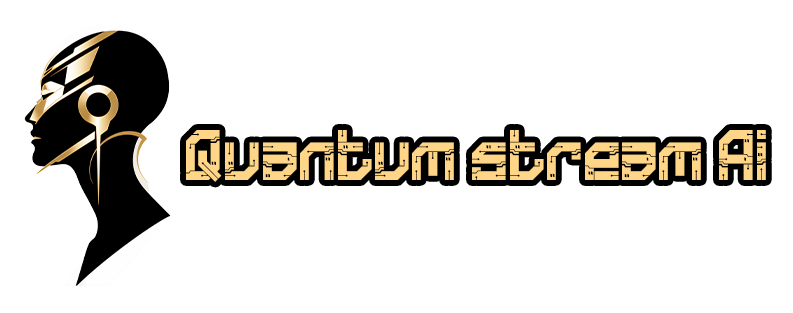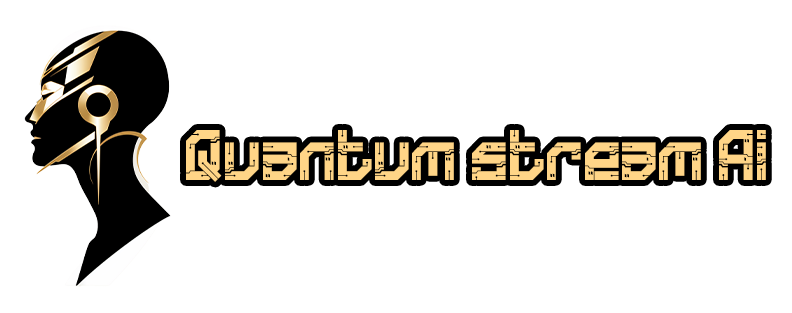Tesla’s recent “We, Robot” event left attendees amazed as the company’s Optimus robots served drinks, answered questions, and engaged in fun games like rock-paper-scissors. While the spectacle certainly captured attention, the event also sparked discussions about the true extent of the robots’ capabilities and the involvement of human assistance.
At the forefront of this innovation is Tesla CEO Elon Musk, who proudly showcased the latest advancements in Optimus. Musk, known for his visionary approach, highlighted that Tesla has made significant progress in the development of humanoid robots. He even predicted that Optimus could become the “biggest product ever of any kind,” marking a bold step in the evolution of robotics technology.
One of the most striking moments at the event was when the Optimus robots, supported by Tesla engineers, walked into the spotlight. Musk emphasized that these robots were not part of a staged or pre-recorded demonstration but were interacting live with attendees. The robots mingled with the crowd and performed tasks such as serving drinks, showcasing their potential as service-oriented machines.

While some observers noticed that the robots were not fully autonomous and were “assisted by humans” behind the scenes, this level of coordination demonstrates how far Tesla has come. Musk acknowledged that Optimus is still a work in progress, and the collaboration between humans and robots is a necessary step toward full autonomy.
Tesla’s vision for Optimus goes beyond simple tasks. Musk envisions a future where these robots will become household companions, similar to characters like R2-D2 or C3-PO from Star Wars. He imagines a world where Optimus robots could assist with daily activities like picking up groceries or even providing childcare.
The potential for these robots to revolutionize industries is immense, as Tesla has already deployed two Optimus robots on its factory floors, though the specific tasks they are performing remain undisclosed. Musk’s ambition to eventually offer these robots to both businesses and consumers suggests that we are on the verge of a new era of human-robot interaction.

Looking ahead, Musk predicts that Optimus could be manufactured at scale with an estimated price tag of $20,000 to $30,000, making it “probably less than a car.” While the journey to fully autonomous robots will take time, Tesla’s continuous progress shows that this vision is becoming increasingly achievable.
Tesla’s event serves as a reminder of the remarkable advancements that are being made in the field of robotics. Though there is still work to be done, the Optimus robots represent a significant leap forward, and credit must be given to the company for pushing the boundaries of what is possible in AI and robotics. As Tesla continues to refine its technology, the potential for Optimus to reshape our daily lives becomes ever more real.
At Quantum Stream AI, we are always excited to see how breakthroughs like these will shape the future of automation and AI, and we look forward to watching how Tesla’s Optimus evolves in the years to come.




